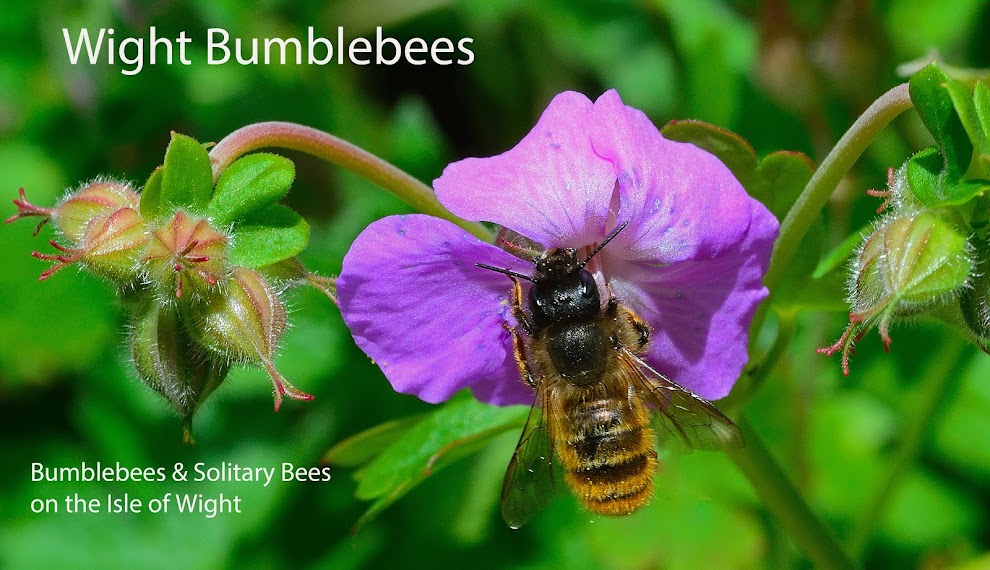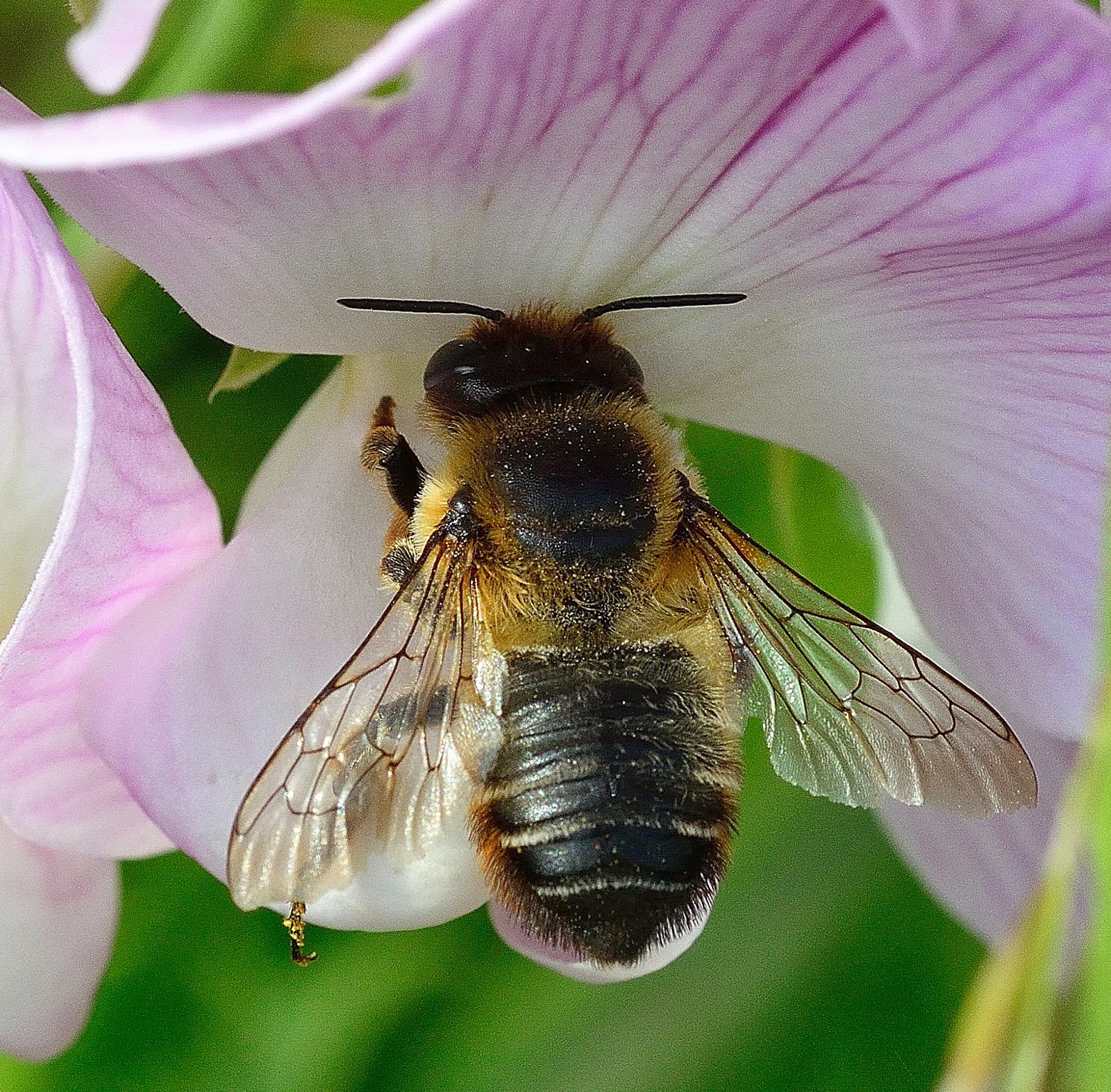The last couple of days of November were mild and sunny on the Island and it brought out the bees to feed on the mahonia which is flowering in our garden.This queen Buff-tailed Bumblebee,Bombus terrestris, is a late in the year visitor.
Another bee enjoying my mahoina was the Honeybee,Apis mellifera. Our native honeybee is active all the year round as the workers ensure that enough pollen is collected to provide honey in the hive for the colony to sustain it through the winter.Of course when conditions are suitable and flowers available the bee will collect more pollen at any time.




















































